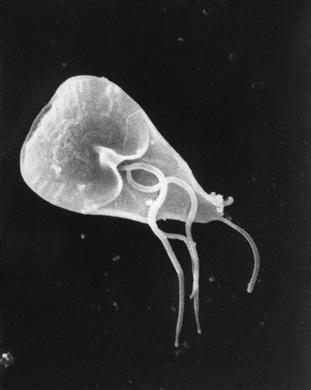Biological water characteristics are used to describe the presence of microbiological organisms and water-borne pathogens. Many organisms can cause illness when consumed by humans and animals. Micro-organisms and waterborne pathogens enter rivers and lakes either naturally or via the release of untreated or partially treated sewage.
Achieving a water quality standard that will not harm aquatic organisms, and is safe for human consumption is a challenge throughout much of the basin. This is especially true for rural and peri-urban areas . Water borne diseases such as dysentery, cholera, typhoid, gastroenteritis and hepatitis are the primary cause of disease and poor health in the SADC region (SADC 2009b). Bilharzia and malaria are other waterborne diseases that persist in the SADC region. Drinking and bathing water polluted with Escherichia coli and coliform bacteria can easily cause infections.
Look for information on human-induced biological pollution of water under Human Impacts to Water Quality: Microbiological pollution.

Giardia lamblia is a protozoan parasite that can be found in untreated water and cause diarrhoea.
Source:Carr 2006
( click to enlarge )
